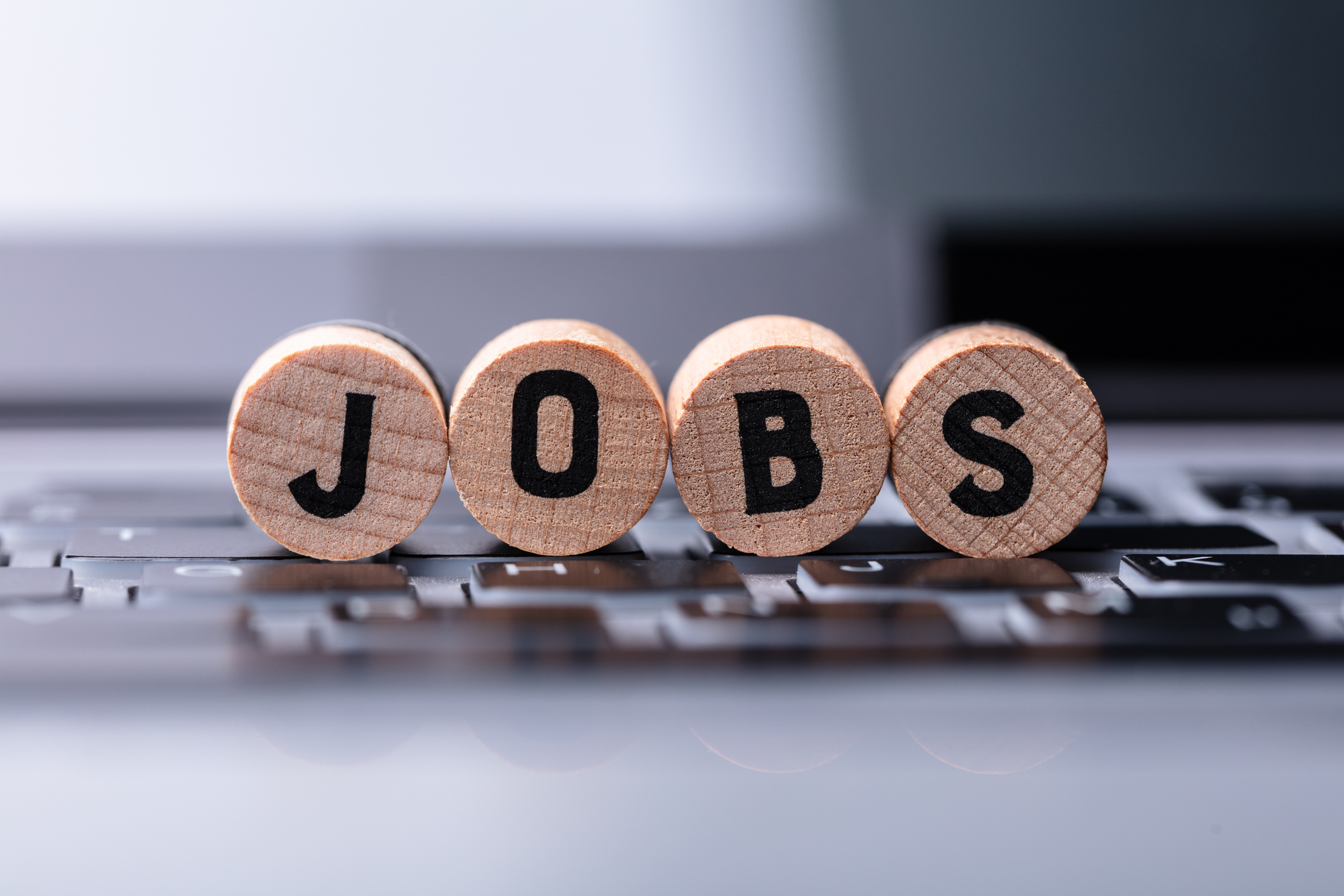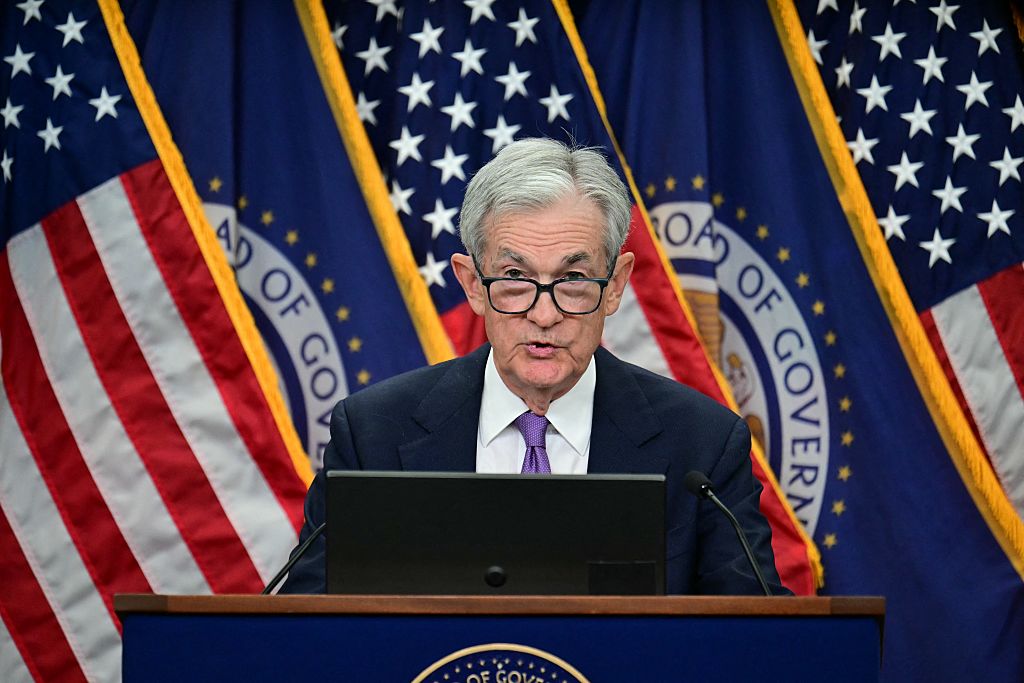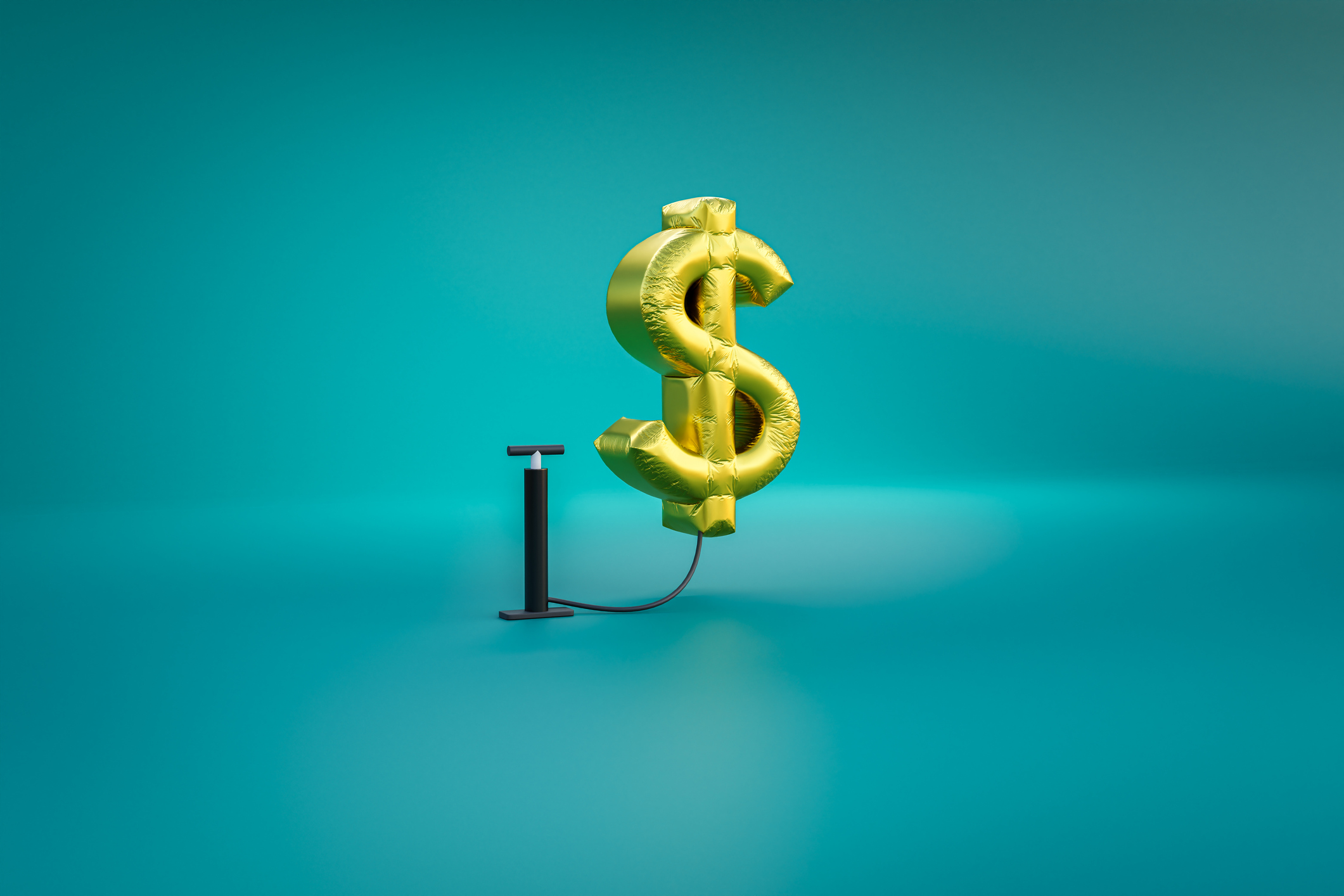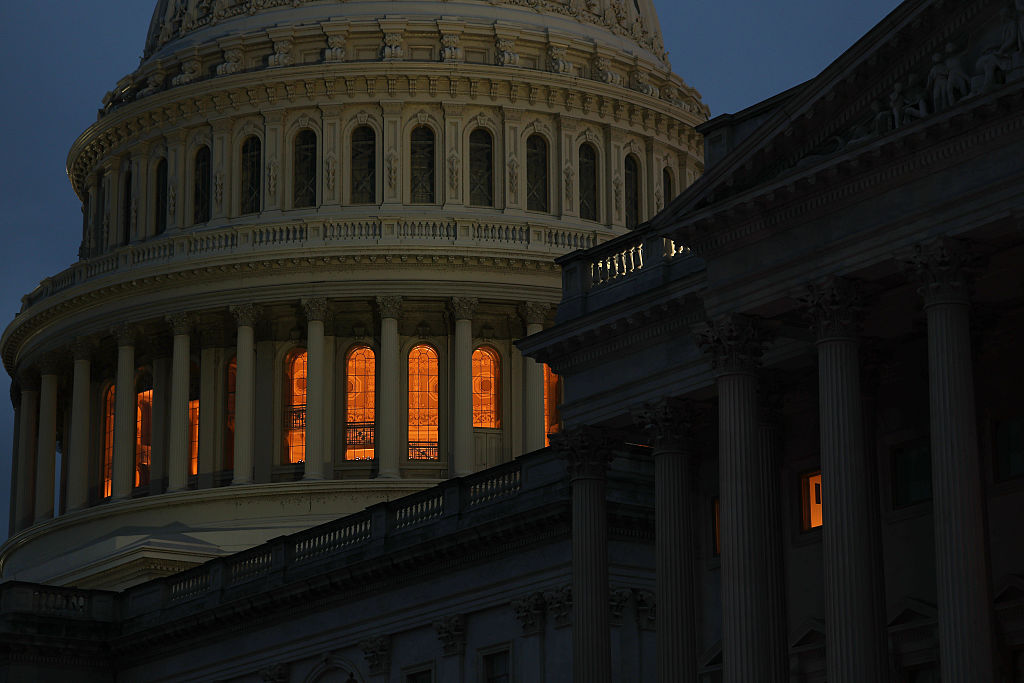41 Ways to Earn Up to 11% Yield on Your Money
Our picks range from safe bank accounts to risky closed-end funds and partnerships that deliver peak yields.

Heading into 2016, it looked as if income seekers might finally catch a break. With the economy revving up, the Federal Reserve finally lifted its benchmark short-term interest rate last December. In theory, that should have nudged up rates on bank deposits and rippled through the bond world, pushing yields up to more-attractive levels.
Earnings for All
- Bank Accounts: 1%-4%
- Municipal Bonds: 1%-3%
- Investment-Grade Bonds: 3%-5%
- Real-Estate Investment Trusts: 2%-6%
- Foreign Bonds: 3%-6%
- Preferred Stocks: 4%-7%
- Closed-End Funds: 5%-11%
- High-Yield Bonds: 6%-8%
- Master Limited Partnerships: 5%-11%
Yet the markets have largely shrugged at that logic. True, you can now squeeze out a bit more income from money market funds and other types of short-term savings accounts. But long-term bond yields, which the Fed doesn’t directly control, have slumped as investors bet that the economy isn’t strong enough yet to handle higher rates. Buy a 10-year Treasury note and you’ll pocket a 1.8% yield, down from 2.2% at the start of 2016. At that pace, your income won’t even keep up with “core” inflation, which excludes food and energy costs and, Kiplinger expects, will rise 2.4% this year. (All prices and returns are as of March 31.)
But traditional savings accounts and bonds aren’t the only way to go. Opportunities abound in other areas, ranging from high-yield checking accounts to real estate securities and foreign bonds. Investing in these categories involves varying degrees of risk. But blending income from different sources can smooth out the bumps in any given part of the market. Here are 41 ideas for bulking up your income; click through the box at left to sample different levels of risk and return.
From just $107.88 $24.99 for Kiplinger Personal Finance
Become a smarter, better informed investor. Subscribe from just $107.88 $24.99, plus get up to 4 Special Issues

Sign up for Kiplinger’s Free Newsletters
Profit and prosper with the best of expert advice on investing, taxes, retirement, personal finance and more - straight to your e-mail.
Profit and prosper with the best of expert advice - straight to your e-mail.
Profit and prosper with the best of Kiplinger's advice on investing, taxes, retirement, personal finance and much more. Delivered daily. Enter your email in the box and click Sign Me Up.

-
 I'm 73 and hate winter, but I can't afford to be a snowbird.
I'm 73 and hate winter, but I can't afford to be a snowbird.How can a snowbird wannabe warm up without the expense? We asked professional wealth planners for advice.
-
 5 Smart Things to Do With Your Year-End Bonus
5 Smart Things to Do With Your Year-End BonusAfter you indulge your urge to splurge on a treat, consider doing adult things with the extra cash, like paying down debt, but also setting up a "fun fund."
-
 Gen X Investors: Protect Your Portfolio From an AI Bubble
Gen X Investors: Protect Your Portfolio From an AI BubbleAmid talk of an AI bubble, what's the best course of action for investors in their 50s and 60s, whose retirement savings are at risk from major market declines?
-
 The Delayed November Jobs Report Is Out. Here's What It Means for the Fed and Rate Cuts
The Delayed November Jobs Report Is Out. Here's What It Means for the Fed and Rate CutsThe November jobs report came in higher than expected, although it still shows plenty of signs of weakness in the labor market.
-
 December Fed Meeting: Updates and Commentary
December Fed Meeting: Updates and CommentaryThe December Fed meeting is one of the last key economic events of 2025, with Wall Street closely watching what Chair Powell & Co. will do about interest rates.
-
 What Fed Rate Cuts Mean For Fixed-Income Investors
What Fed Rate Cuts Mean For Fixed-Income InvestorsThe Fed's rate-cutting campaign has the fixed-income market set for an encore of Q4 2024.
-
 The Delayed September Jobs Report Is Out. Here's What It Means for the Fed
The Delayed September Jobs Report Is Out. Here's What It Means for the FedThe September jobs report came in much higher than expected, lowering expectations for a December rate cut.
-
 October Fed Meeting: Updates and Commentary
October Fed Meeting: Updates and CommentaryThe October Fed meeting is a key economic event, with Wall Street turned into what Fed Chair Powell & Co. did about interest rates.
-
 The Delayed September CPI Report is Out. Here's What it Signals for the Fed.
The Delayed September CPI Report is Out. Here's What it Signals for the Fed.The September CPI report showed that inflation remains tame – and all but confirms another rate cut from the Fed.
-
 Banks Are Sounding the Alarm About Stablecoins
Banks Are Sounding the Alarm About StablecoinsThe Kiplinger Letter The banking industry says stablecoins could have a negative impact on lending.
-
 Government Shutdown to Delay Data, Including Key Jobs Report
Government Shutdown to Delay Data, Including Key Jobs ReportWhile government shutdowns typically don't impact stock returns, they can delay the release of key economic data – including the monthly jobs report.